
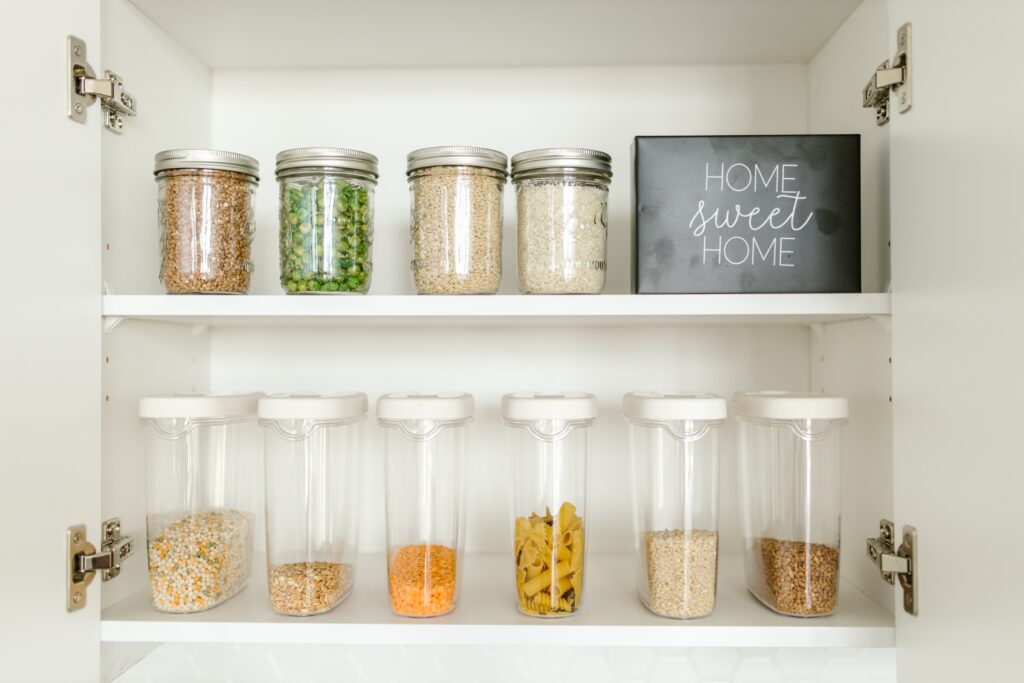
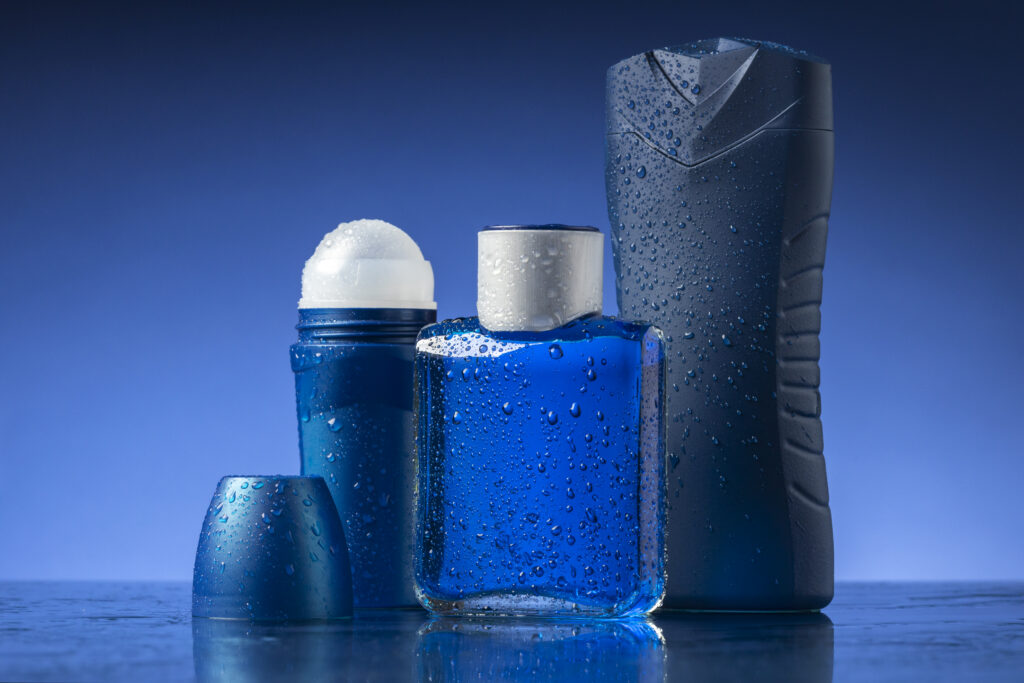
Table of Contents
Introduction:
Unhealthy household products can pose risks to the well-being of individuals living in a home. Certain household products may contain substances that can be harmful to health. These Dangerous Unhealthy Household products effect long term health issues- digestive and respiratory problems. Some of them triggers Cancer also.
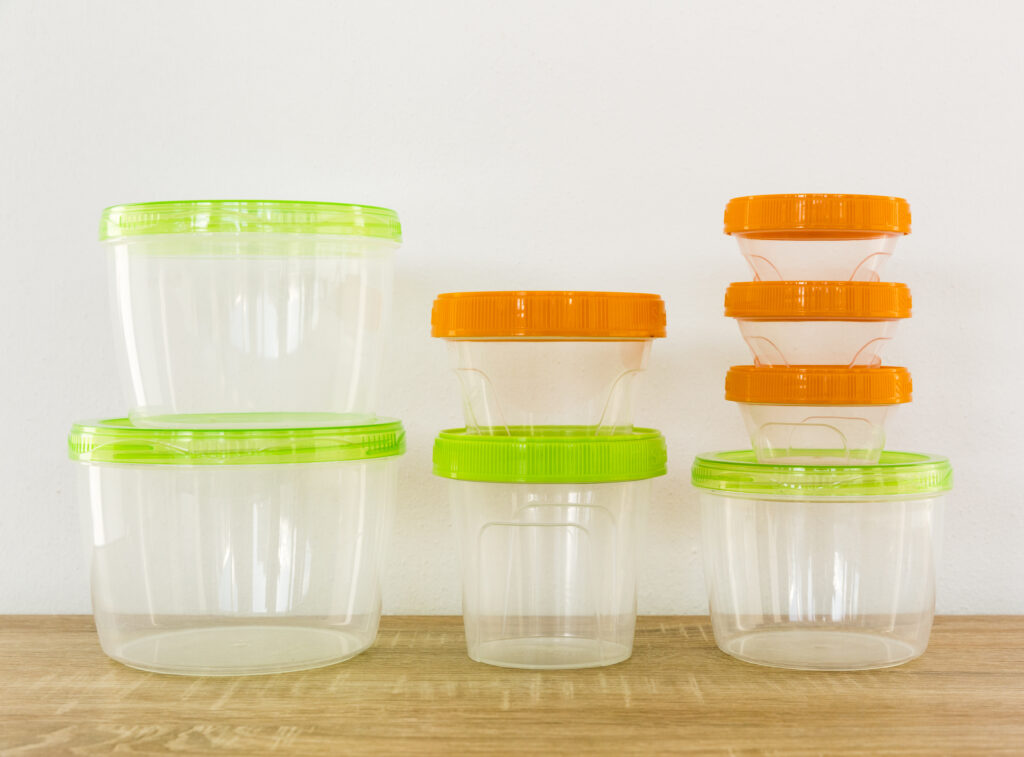
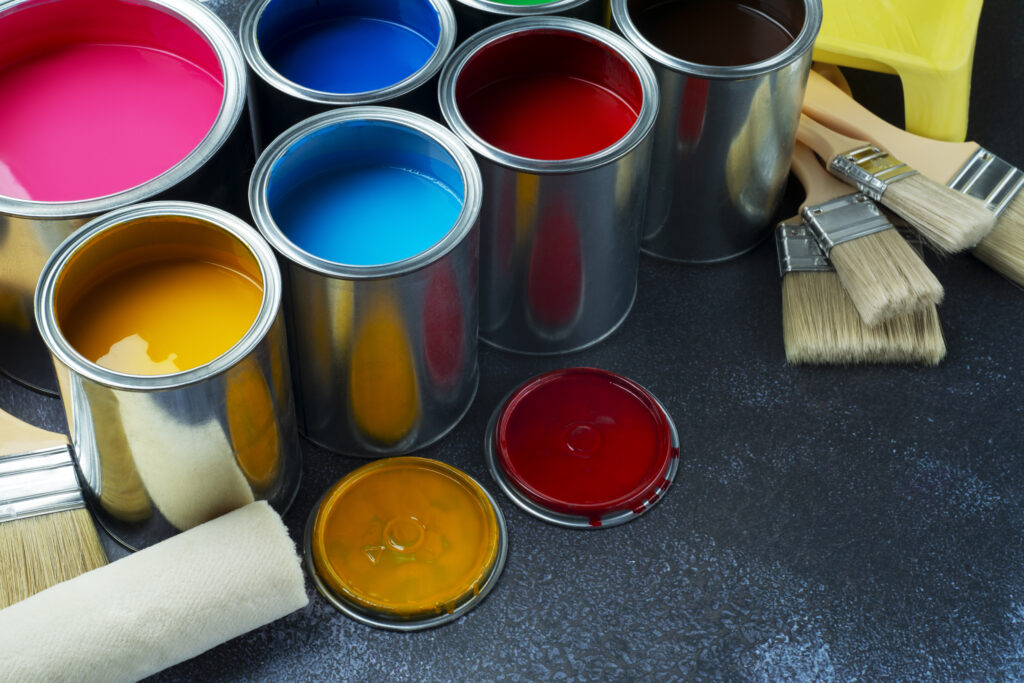
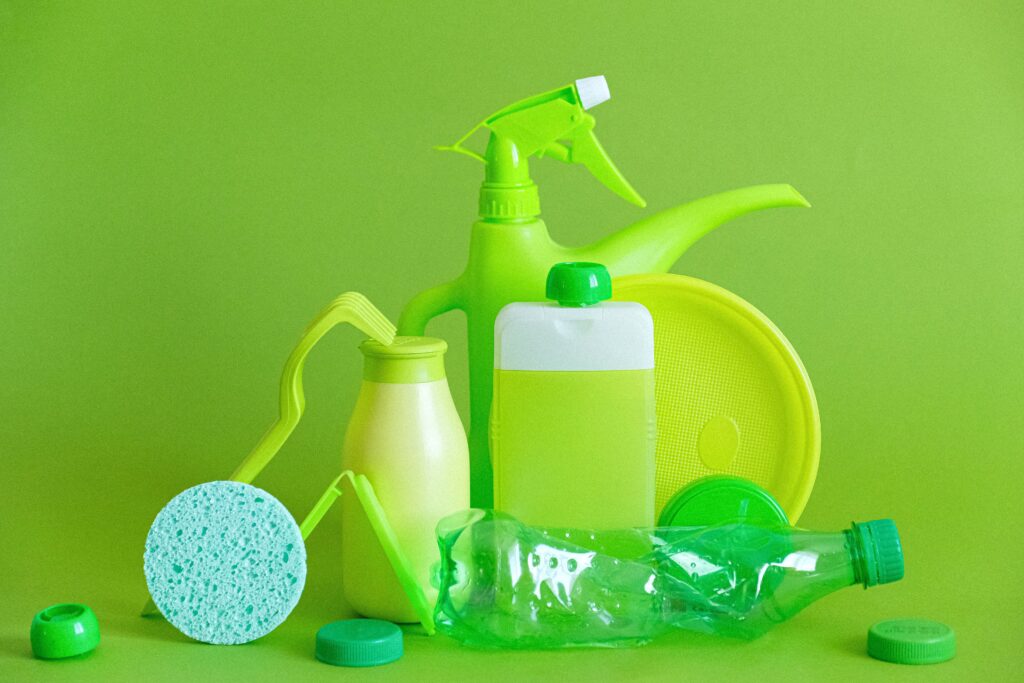
Unhealthy Household products:
Here are some common Unhealthy household products that can contribute to health problems:
- Pest Infestations:
- Dangerous products: pesticides like rat killers, anti lizards, cockroach killer sprays.
- Risk: After using dangerous pesticides, pests can carry diseases and allergens.
- Prevention: Keep the house clean, seal entry points, and address pest problems promptly.
- Safe Products: Traps, Baits, Home made insecticides, pesticides
- Dangerous products: pesticides like rat killers, anti lizards, cockroach killer sprays.
- Carbon Monoxide:
- Dangerous products: Fireplaces, heaters, generators, burning fuel
- Risk: Colorless and odorless gas that can be fatal in high concentrations.
- Prevention: Install carbon monoxide detectors, service heating systems regularly, and avoid using gas appliances in enclosed spaces.
- Safe products: Allow proper ventilation near stoves heaters
- Dangerous products: Fireplaces, heaters, generators, burning fuel
- Cleaning Products:
- Concerns: Many cleaning products contain harsh chemicals, such as ammonia, bleach, and certain volatile organic compounds (VOCs), which can contribute to indoor air pollution and respiratory issues.
- Safer Alternatives: Look for eco-friendly and non-toxic cleaning products or consider making your own using natural ingredients like vinegar and baking soda.
- Air Fresheners:
- Concerns: Air fresheners often contain synthetic fragrances and chemicals that can irritate the respiratory system.
- Safer Alternatives: Use natural alternatives like essential oils or simply ventilate your home by opening windows.
- Paints and Solvents:
- Concerns: Some paints and solvents contain VOCs, which can contribute to indoor air pollution.
- Safer Alternatives: Choose low-VOC or VOC-free paints, and use water-based or natural solvents when possible.
- Personal Care Products:
- Concerns: Certain personal care products, such as shampoos, lotions, and cosmetics, may contain potentially harmful ingredients like parabens and phthalates.
- Safer Alternatives: Opt for products with natural and organic ingredients, and check labels for harmful additives.
- Plastic Food Containers:
- Concerns: Some plastics may leach harmful chemicals, especially when exposed to heat.
- Safer Alternatives: Use glass or stainless steel containers for food storage, especially when reheating in the microwave.
- Nonstick Cookware:
- Concerns: Nonstick cookware coated with polytetrafluoroethylene (PTFE) can release harmful fumes when heated at high temperatures.
- Safer Alternatives: Consider using cast iron, stainless steel, or ceramic cookware.
- Flame Retardants:
- Concerns: Some furniture, electronics, and textiles may contain flame retardant chemicals that can be linked to health issues.
- Safer Alternatives: Look for products labeled as flame retardant-free or made with safer alternatives.
- Artificial Sweeteners:
- Concerns: Some artificial sweeteners used in diet products may have health risks associated with their consumption.
- Safer Alternatives: Consider natural sweeteners like stevia or use sugar in moderation.
- Certain Household Glues and Adhesives:
- Concerns: Some glues and adhesives may release harmful fumes.
- Safer Alternatives: Choose low-VOC or water-based adhesives when possible.
Health Effects of using Unhealthy household products:
- Cleaning Products:
- Effects: Harsh chemicals in cleaning products can cause respiratory irritation, allergies, and skin conditions. Long-term exposure may contribute to chronic respiratory issues.
- Pesticides and Insecticides:
- Effects: Chemical pesticides can lead to headaches, dizziness, nausea, and, in severe cases, can be linked to more serious health issues like nervous system damage or cancer.
- Air Fresheners:
- Effects: Synthetic fragrances in air fresheners may trigger respiratory problems, headaches, and allergic reactions, particularly in individuals sensitive to certain chemicals.
- Lead-Based Paint:
- Effects: Lead exposure, often from deteriorating lead-based paint, can lead to developmental issues in children, neurological problems, and reproductive harm.
- Plastic Food Containers with BPA:
- Effects: Bisphenol A (BPA), found in some plastics, may interfere with hormonal balance and has been associated with reproductive issues, developmental problems, and an increased risk of certain cancers.
- Nonstick Cookware:
- Effects: Overheating nonstick cookware can release toxic fumes that may cause flu-like symptoms (polymer fume fever) and potentially contribute to long-term health issues.
- Flame Retardants:
- Effects: Some flame retardants have been linked to endocrine disruption, neurodevelopmental problems, and may contribute to certain health issues, although research is ongoing.
- Artificial Sweeteners:
- Effects: Some artificial sweeteners, when consumed in excess, may have negative effects on metabolic health and are associated with potential risks like headaches, digestive issues, and neurological effects.
- Household Glues and Adhesives:
- Effects: Inhalation of fumes from certain glues and adhesives may cause respiratory irritation, dizziness, and headaches.
- Certain Personal Care Products:
- Effects: Products with certain additives like parabens and phthalates may be linked to hormonal disruptions, skin irritations, and long-term health concern.
Related Posts:
How to choose the Safe Household product:
It’s important to read product labels, research ingredients, and choose alternatives that minimize exposure to potentially harmful substances. Additionally, proper ventilation in the home can help reduce the concentration of indoor air pollutants.
Regular maintenance, prompt repairs, and awareness of potential hazards can help create a healthier and safer living environment. If you suspect any issues with these unhealthy household products, consult with professionals for proper assessment and remediation. Certain household products may contain substances that can be harmful to health. Avoid the above mentioned Unhealthy household products.
